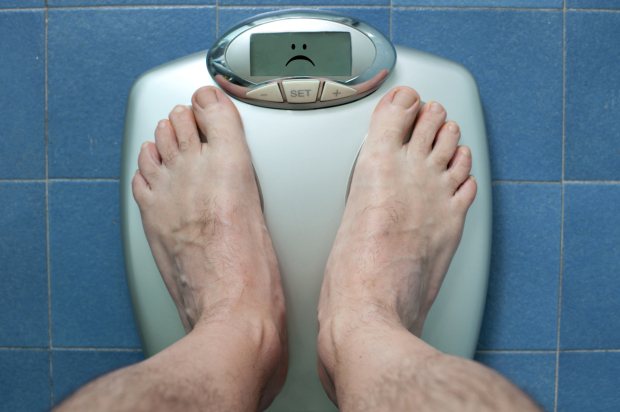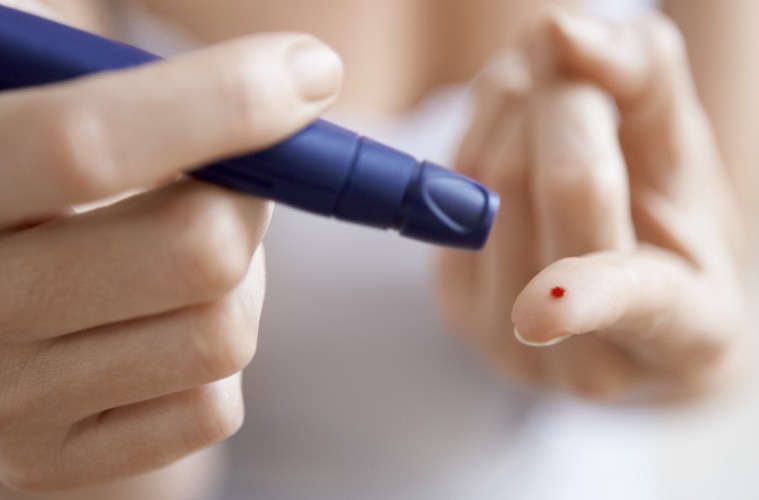8 Groups Of People Who Are More Prone To Blood Clots
November 30 2017
Find out if you’re at risk for a dangerous—or even deadly—blood clot.
Blood clots aren’t always a bad thing. When you cut yourself, your blood cells are supposed to clump together, which stops blood from leaking to places where it doesn’t belong and kicks off the healing process. But sometimes clots form in places they shouldn’t, and if they occur in a location where blood needs to keep flowing, that can spell trouble.
There are several major types of clots that can cause problems. Clots that block blood to your brain cause stroke, and ones that stop up your heart’s blood flow cause a heart attack. A clot that forms in your leg is called a deep vein thrombosis (DVT). DVTs can break away from their starting place and travel to your lungs. This is called a pulmonary embolism (PE), and can be very serious, even fatal.
Dangerous blood clots are pretty common. In fact, 15,00-23,00 Australians experience venous thromboembolism. While anyone can get a clot in the wrong place at the wrong time, some people may be especially vulnerable—including those who fall into one or more of the following categories:

People who are overweight
Experts agree: If you’re obese, you’re at higher risk of blood clots that form in a vein and travel through your blood (a venous thromboembolism, or VTE). And how far off you are from a healthy weight can make a difference in your clot chances, too. “For someone who’s a little overweight, there might be a little bit of an added risk, but as you get very severely obese or morbidly obese, the risk becomes even higher,” says Haut. Plus, the more weight you carry on your frame, the harder it can be to get around, and sitting still for long periods of time puts you in the blood clot danger zone.

Smokers
Lighting up harms your health for a whole host of reasons, and one of those is a raised risk of blood clots. “People think smoking just affects the lungs, but it actually affects your blood vessels, too,” says anticoagulation care provider Pamela Burgwinkle. Smoking damages the lining of your blood vessels and makes blood more likely to stick together. It’s associated with heart disease and peripheral artery disease, and is one of the biggest drivers behind heart attack and stroke, as well as increased risk of VTEs.

Pregnant women
Even if you keep up with exercise, having a baby on board can complicate your clotting process. One reason is the added hormones—especially oestrogen—floating around in your bloodstream. Another is the bun getting bigger in your oven. “As the baby gets larger and larger, it can actually push on the blood vessels in the abdomen and the pelvis and block the blood flow directly” and cause clots, says Burgwinkle.

Oestrogen takers
Being on a birth control pill can make you three or even four times more likely to get a blood clot. “Otherwise healthy women sometimes start to have symptoms—a swollen leg, or shortness of breath, or chest pain—and people will often blow it off,” says Haut. But if these women are taking oral contraceptives, or are on hormone replacement therapy, that should be a red flag to check for clots, he says.
People with infections or inflammatory diseases
If you’re dealing with serious illness or infection, you should be on alert for the symptoms of abnormal clots. Some types of cancer—like brain, ovary, pancreas, colon, stomach, lung and kidney cancer—can put people at risk for DVT or PE. And the clots may show up before the cancer, which means they might turn out to be a warning sign. “Sometimes we see blood clots occur and the diagnosis comes down the road,” says Burgwinkle. Other conditions make you more likely to get clots, too—diabetes, HIV or inflammatory bowel diseases like Crohn’s disease or colitis, for example. Similarly, if you get injured, your body may clot in internal spots where it shouldn’t.
People who are still for long periods
There are all kinds of reasons you might not move for multiple hours on end. Hospital stays are a biggie, says Haut. “About half of DVTs and PEs occur in patients who are currently in the hospital or have recently been in the hospital,” he says. Often, it’s because not only are you lying in a hospital bed for days or even weeks, your body has also likely gone through some sort of trauma like surgery or sickness. “That’s a time in your life when your risk goes up dramatically,” says Haut.
Sitting in a car, bus, or on a plane for four hours or more is another situation that can kick up a clot risk, especially if you’re not drinking enough water. In fact, any activity that keeps you immobile for hours can put you at risk. “I had a patient who developed a clot after spending long periods of time in tight spaces,” says Burgwinkle. His profession? Plumber.

Descendants of people with blood clotting problems
If you know others in your family tree have dealt with abnormal blood clots, the first step is to learn more about these experiences. If there wasn’t an injury or illness to blame, the cause could be genetic, says Burgwinkle. Certain inherited disorders make your blood thicker and more likely to clot; you may need testing to find out if you’ve inherited one of them.

People who’ve had blood clots before
Have a history of clots? You’re likely to get them again. One-third of people who get a DVT/PE will have another one within 10 years. Often, says Burgwinkle, this is because the blood clots forms around the valves of a vein, which can damage it. In some cases, this can lead to multiple clots over time. “More and more we’re seeing that this can be more of a chronic disease, rather than an acute episode.”
Sourced from Prevention


